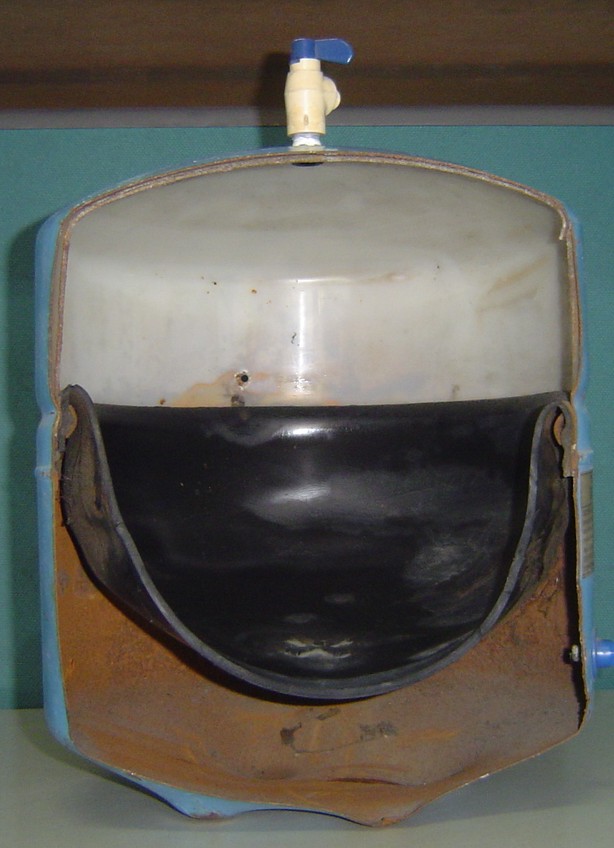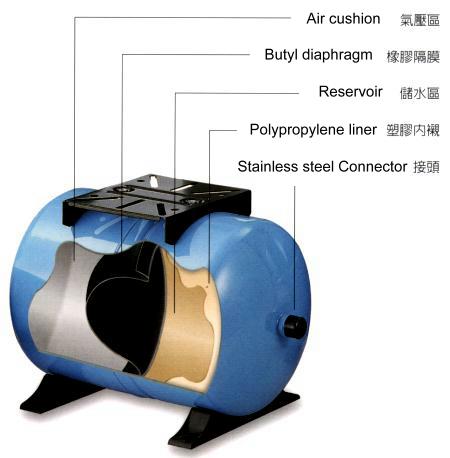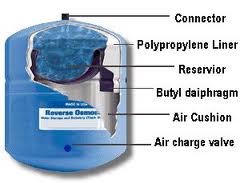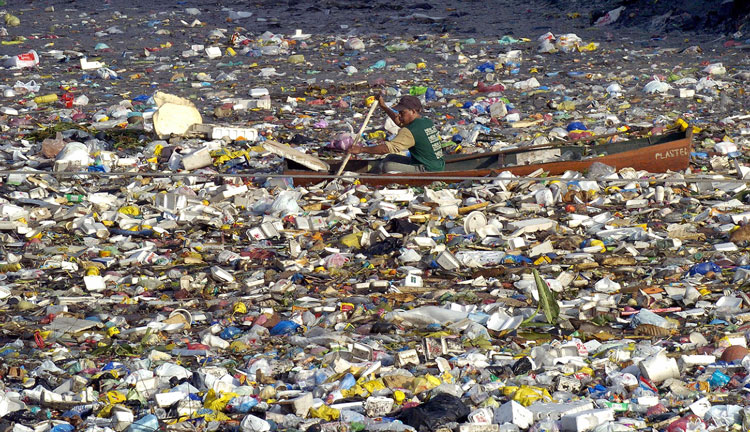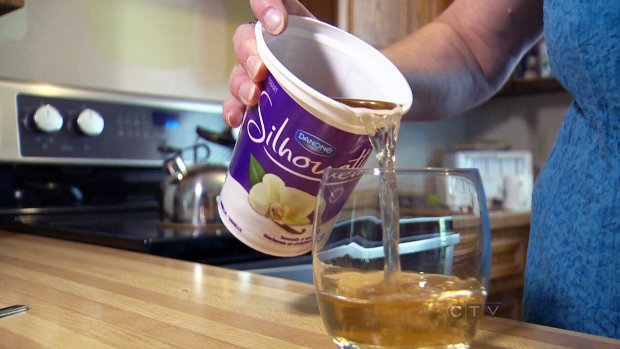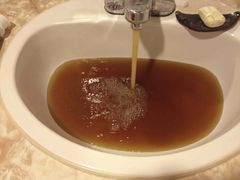Texans Answer Call to Save Water, Only to Face Higher Rates
By Neena Satija
Gazette’s Introductory Note: This piece underlines one of the ironies of conservation: as consumption goes down, cost per unit goes up. Water utilities are faced with the unpleasant task of asking their customers to use less of their cash product. It’s like asking a service station to conserve energy by selling less gasoline. This is one of the strongest arguments for publicly owned water supplies. It is for the common good to conserve water, and the public as a whole can absorb the cost. It is unreasonable to expect a for-profit owner of a privatized water utility to voluntarily give up its profits to conserve water.–Hardly Waite.
The drought-stricken city of Wichita Falls could soon give its residents more bad news.
Even though the 100,000 residents of this northwest Texas city have substantially cut their water use, their dry lawns may no longer continue to save them money on their water bills. Instead, they will be asked to pay more; the city lost $4.5 million in water sales last year because of the conservation efforts.
“It’s tough to tell the consumer that ‘Yeah, well, you guys did a great job out there conserving water, but lo and behold, we got hurt financially, so we’ve got to raise your rates,’ ” the assistant city manager, Jim Dockery, said.
Wichita Falls, whose total rainfall over the last three years was 33 inches below normal, is not alone in its water conservation conundrum. Several Texas cities have collectively lost tens of millions of dollars by restricting outdoor water use, which has been a main source of revenue. At the same time, most of their expenses, like paying off debt and infrastructure maintenance, have increased, forcing utilities to raise rates for everyone, regardless of their water use.
The losses have prompted credit ratings agencies to look closer at the finances of public utilities in Texas. One agency, Fitch, downgraded some of Fort Worth’s water and sewer debt last year, and last week the firm downgraded the debt of the city’s wholesale water supplier. Fort Worth lost $11 million last year because of water conservation.
“This business is extremely weather-dependent,” said Mary Gugliuzza, the Fort Worth water utility’s spokeswoman. Rainy summers can also hurt a city’s bottom line because residents do not need to water their lawns as much.
Fort Worth’s goal, like that of many other cities in Texas, is to change its rate structure to avoid such ups and downs. Today, about 17 percent of the utility’s revenue comes from fixed monthly charges that all water customers pay regardless of how much they use; by 2018, Ms. Gugliuzza said, 25 percent of its revenue will come from such charges. Mr. Dockery said Wichita Falls is considering a similar transition.
Still, the changes will be hard to swallow politically. Consumers have underpaid for water for decades, said Sharlene Leurig, a program director at Ceres, a nonprofit sustainability advocacy group with which many Texas cities have consulted on water rate structures.
“People truly don’t understand that the cost of having reliable water is not the cost of the water itself,” Ms. Leurig said. “It’s the cost of all the infrastructure you have to put in place to provide that water reliably and safely.”
Wichita Falls is spending about a million dollars on a pipeline that will deliver treated wastewater to a large manufacturing company, and the city will lose an additional $100,000 a year by selling the reused water at a discount.
“We’re paying to save water, is what we’re doing,” Mr. Dockery said. He added that the city has had to defer important maintenance projects because of the lost revenue.
Cities across Texas hope that utility revenues will bounce back once the rain returns. But even if the drought lifts, officials know that water users’ habits have changed. They will never be the water-guzzlers they might have once been.
While that is good news for conservationists, the phenomenon that credit ratings agencies call a “drought shadow” will result in higher costs for all users, even the most water-conscious.
Source: Texas Tribune (New York Times).




